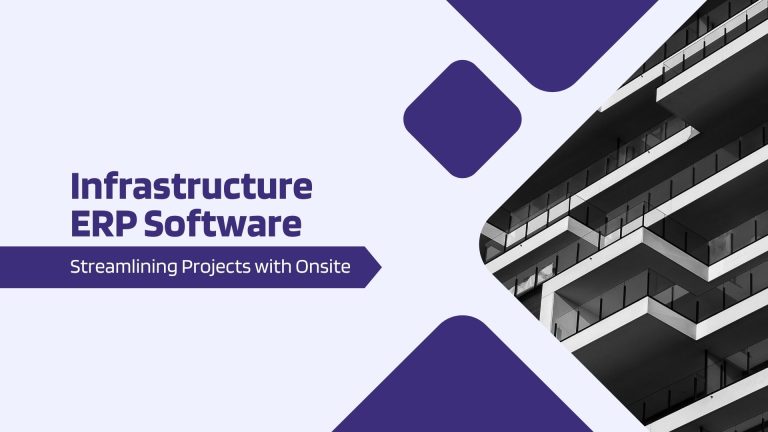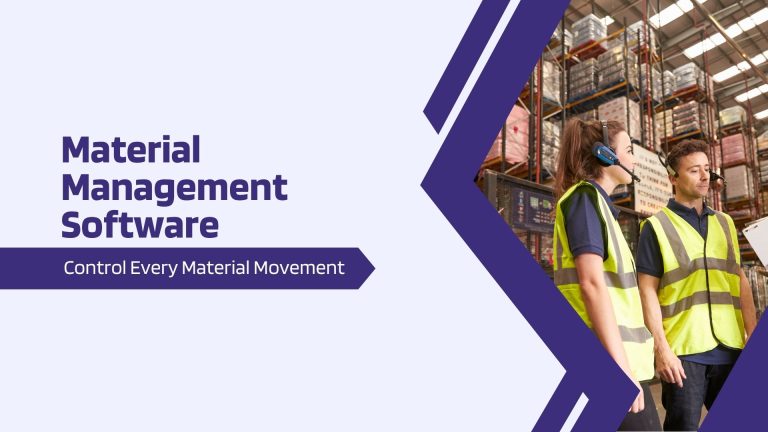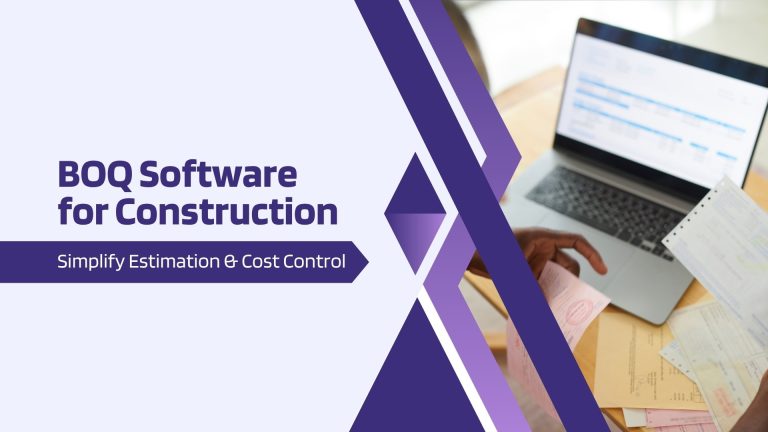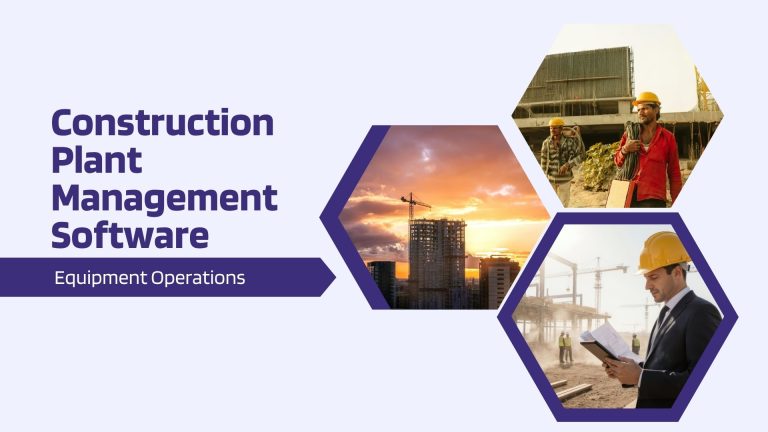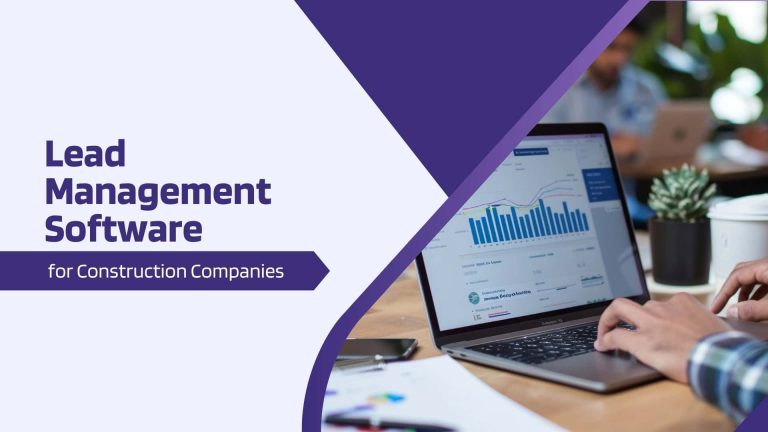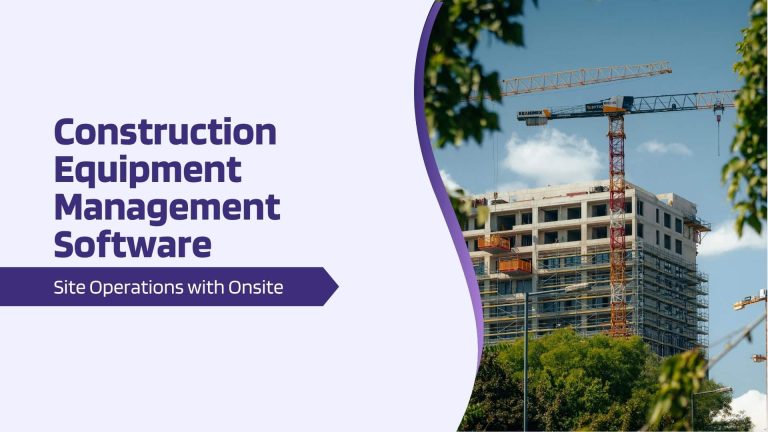Work Hours
Monday to Friday: 7AM - 7PM
Weekend: 10AM - 5PM
Pros and Cons of Construction Mainland Companies
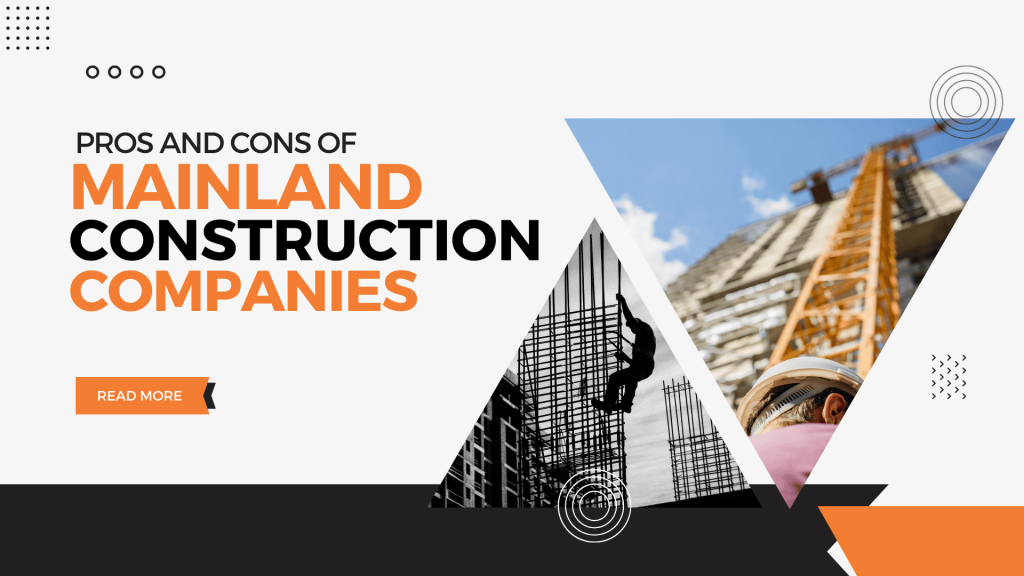
The UAE is always ahead to offer many advantages to businesses. It offers many strategic advantages that can attract any business. Be it mainland or freezone both have many advantages but today we are here to talk about advantages as well as disadvantages of the mainland companies in the UAE.
Mainland Companies Advantages
Tax Benefits
Mainland construction companies get benefits on taxes and deductions specific to their operating region. To promote local economic development and other infrastructural projects, the government offers tax breaks or credits. These tax benefits can significantly reduce the overall project costs for both the construction company and its clients, making them more attractive options for investment.
No Currency Restrictions
Companies established in the mainland are allowed to operate money transactions in their own regional countries which helps in avoiding the hindrance of currency.
Local Expertise
Mainland construction companies are benefited with a deeper knowledge of the local environment of the mainland. They hold the information about regulations, building codes and so on. This helps in making construction processes easier.
Easier Visa Process
There are no visa restrictions in the mainland. You are allowed any number of visas when you open a construction company. It has an easy process and can be available without any hindrance.
Mainland Companies Disadvantages
Limited Reach
However advantageous, the mainland restricts the growth of the construction company. It is not allowed to go beyond local regions as there are logistical constraints. This results in having limited reach of the company.
Complex Administrative Processes
There are many difficult administrative processes like licensing, compliance, permits etc which becomes a disadvantage of a mainland company.
Risk Exposure
As mainland companies are limited to a certain region there are possibilities that the companies are exposed to risks. Risks can be anything like politics or natural disasters.
Resource Dependency
Being limited to a region, mainland construction companies make you dependent on available resources like labour pools and it can cause problems during fluctuations. It becomes hard for a mainland company to manage constant growth.
Conclusion
Mainland companies have many advantages, but it also tags along many disadvantages like limited reach, Complex Administrative Processes, risk exposure, and resource dependency. So, while considering all of the goods and bad points, make a decision for your construction company in the mainland.
FAQs
1. What are the primary advantages of mainland construction companies?
Mainland construction companies benefit from various advantages, including tax benefits, no currency restrictions, local expertise, and a simpler visa process. These advantages contribute to cost efficiency, streamlined operations, and enhanced competitiveness in the construction sector.
2. How do tax benefits contribute to the competitiveness of mainland construction companies?
Tax benefits, such as deductions and credits offered by governments to promote local economic development and infrastructure projects, significantly reduce project costs for both construction companies and clients. This makes these construction companies more attractive options for investment, leading to increased project viability and profitability.
3. What distinguishes mainland construction companies in terms of local expertise?
These companies possess deep-rooted knowledge and expertise in the local regulatory environment, building codes, and geographical nuances. This familiarity streamlines the construction process, ensures compliance, and facilitates efficient project execution, ultimately delivering better outcomes for clients.
4. How do administrative processes pose challenges for mainland construction companies?
Complex administrative processes, including regulatory compliance, permitting, licensing, and bureaucratic red tape, can create delays, inefficiencies, and resource-intensive requirements for these companies. Navigating these processes requires significant time, manpower, and financial resources, posing obstacles to project planning and execution.
5. What strategies can mainland construction companies adopt to mitigate risks associated with limited reach and resource dependency?
These companies can mitigate risks associated with limited reach and resource dependency by prioritizing diversification strategies, expanding operations into new markets, and implementing robust risk management frameworks. Diversifying revenue streams, sourcing alternative resources, and enhancing operational flexibility are key to addressing these challenges effectively.


